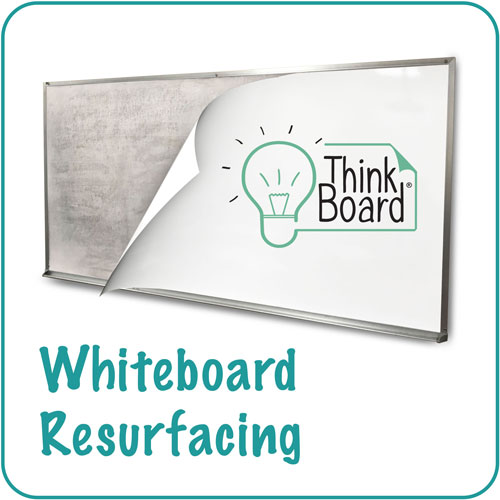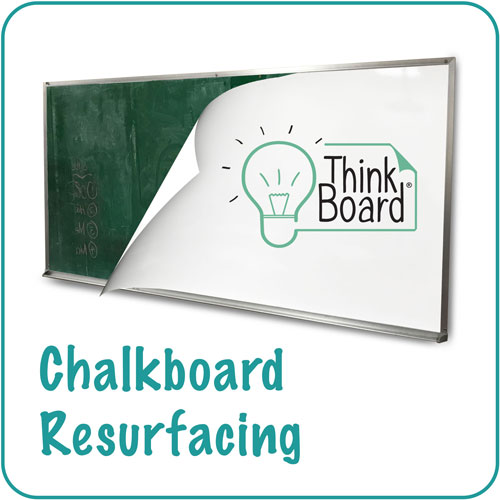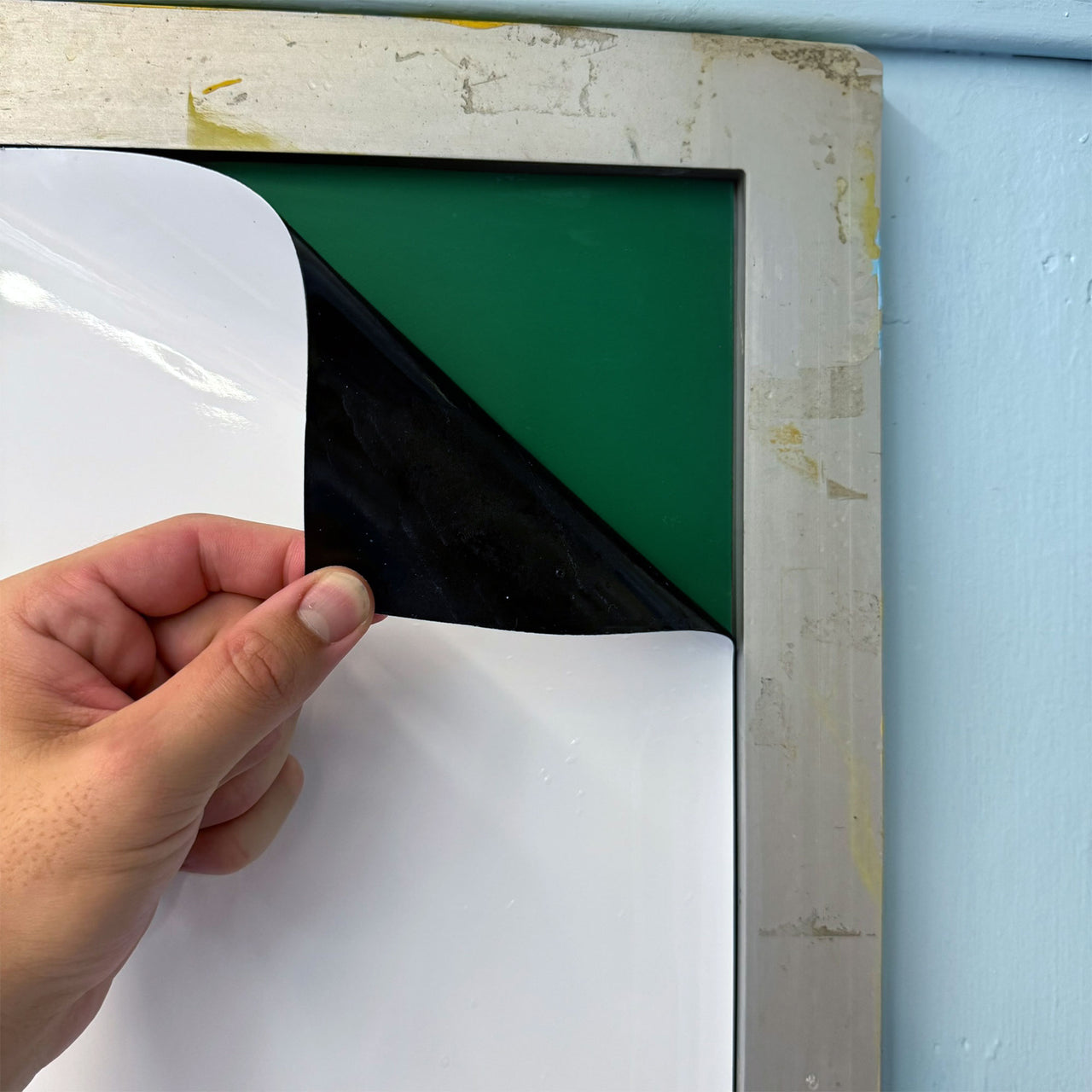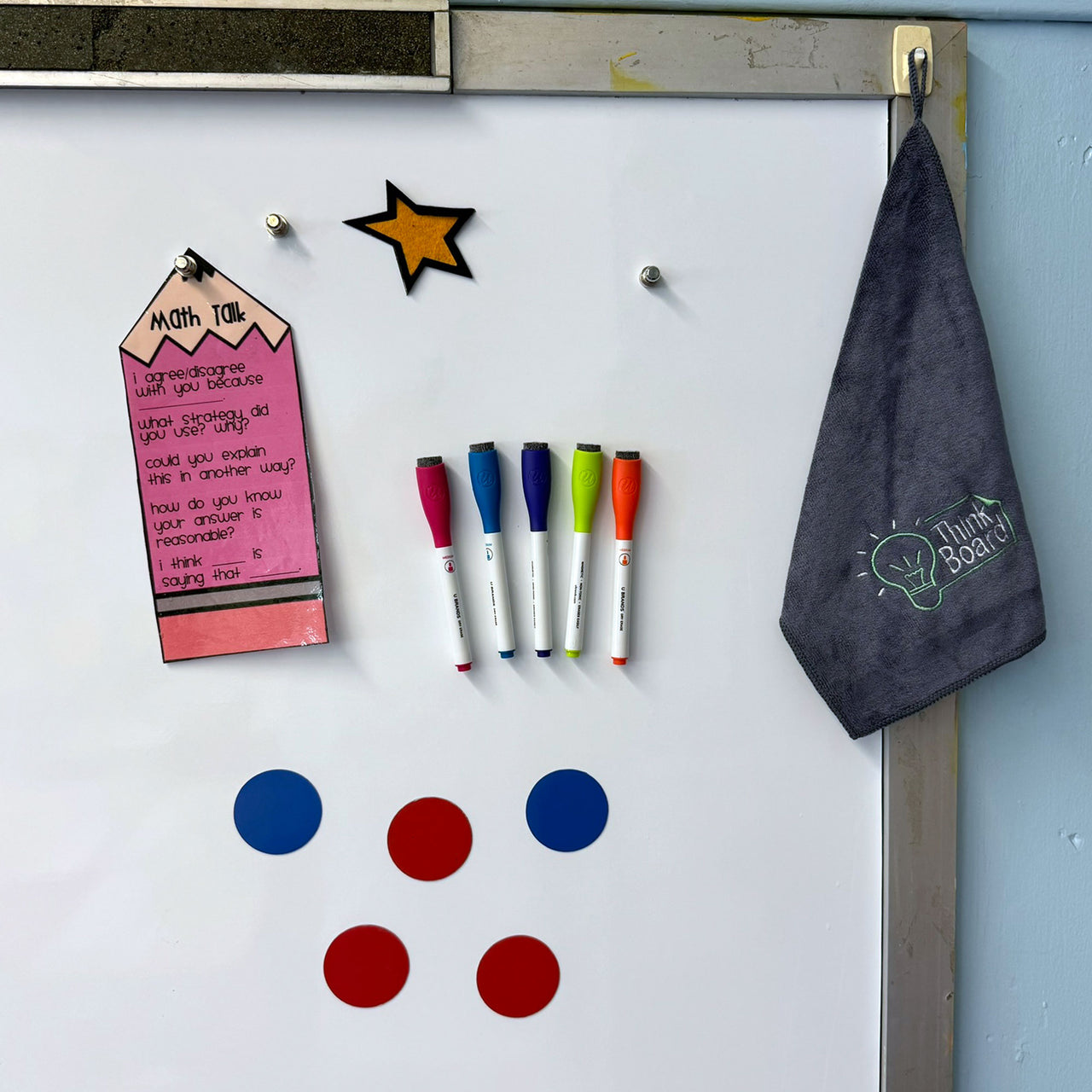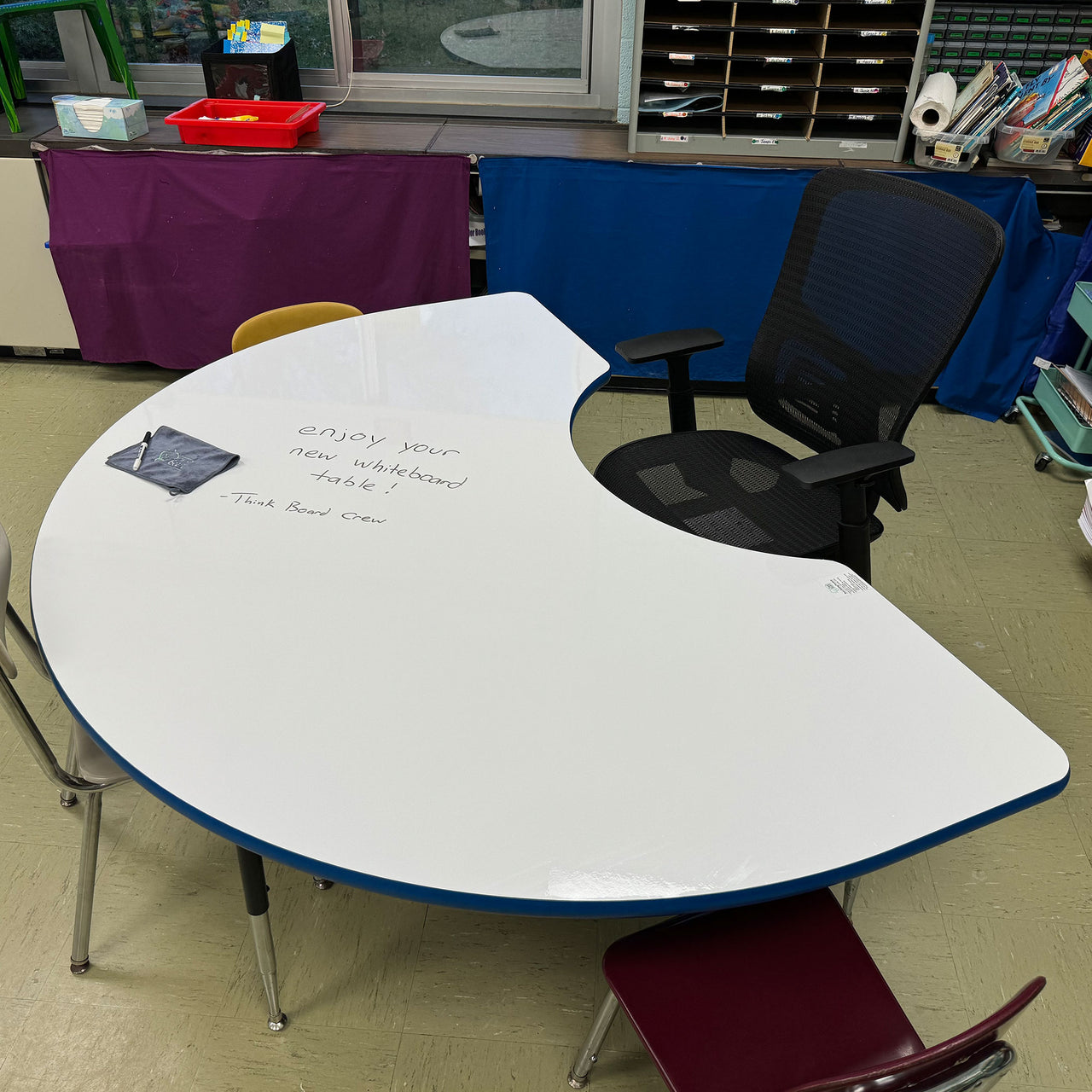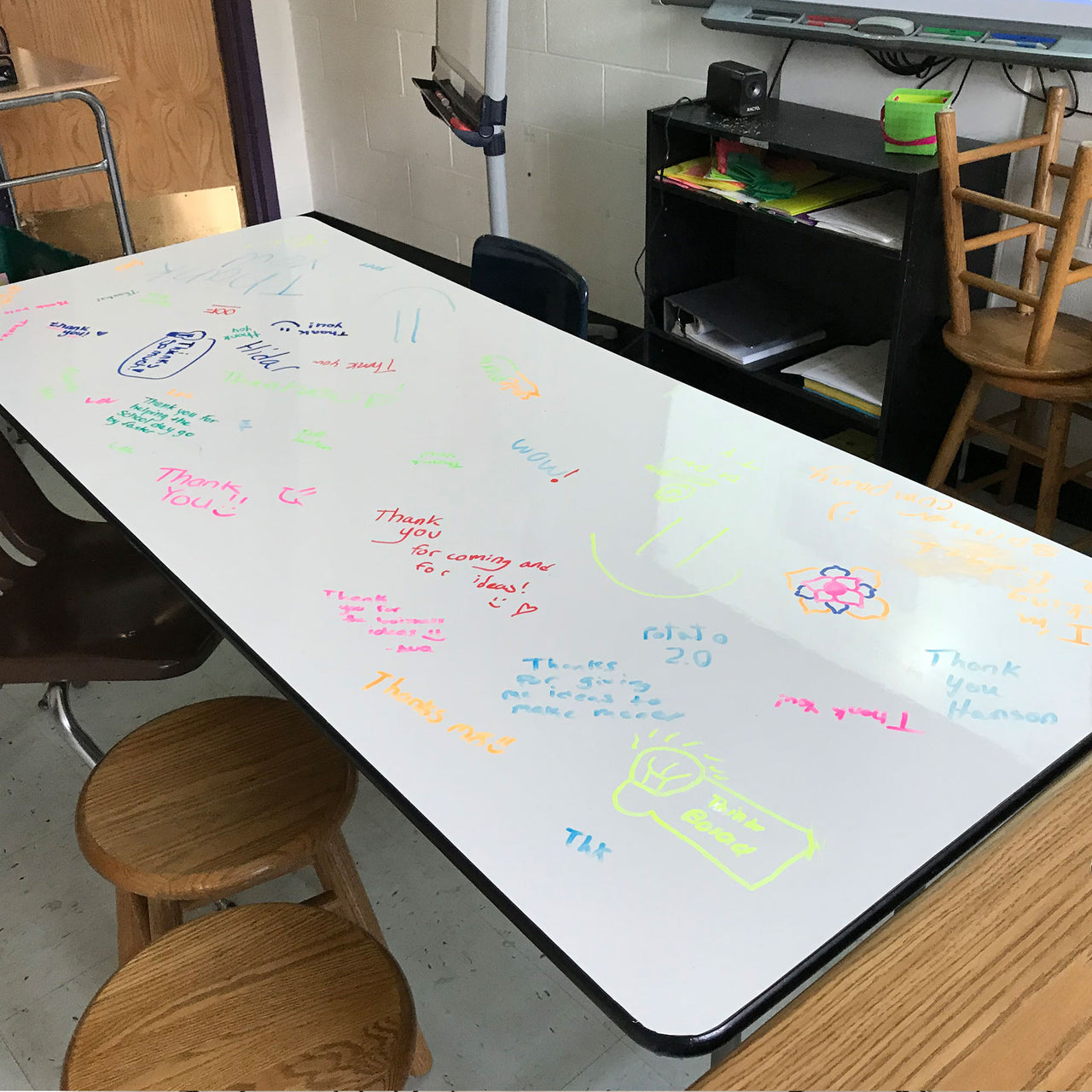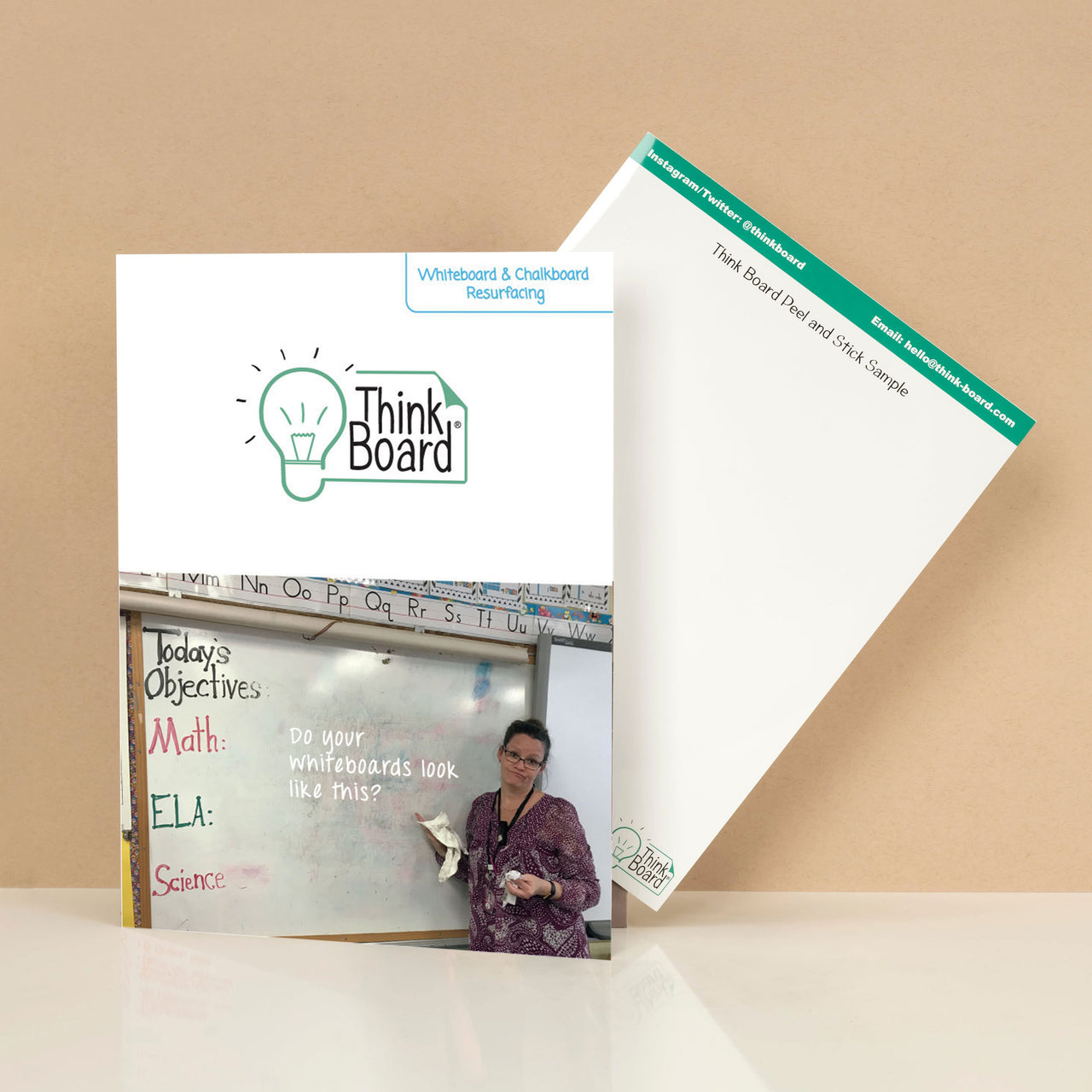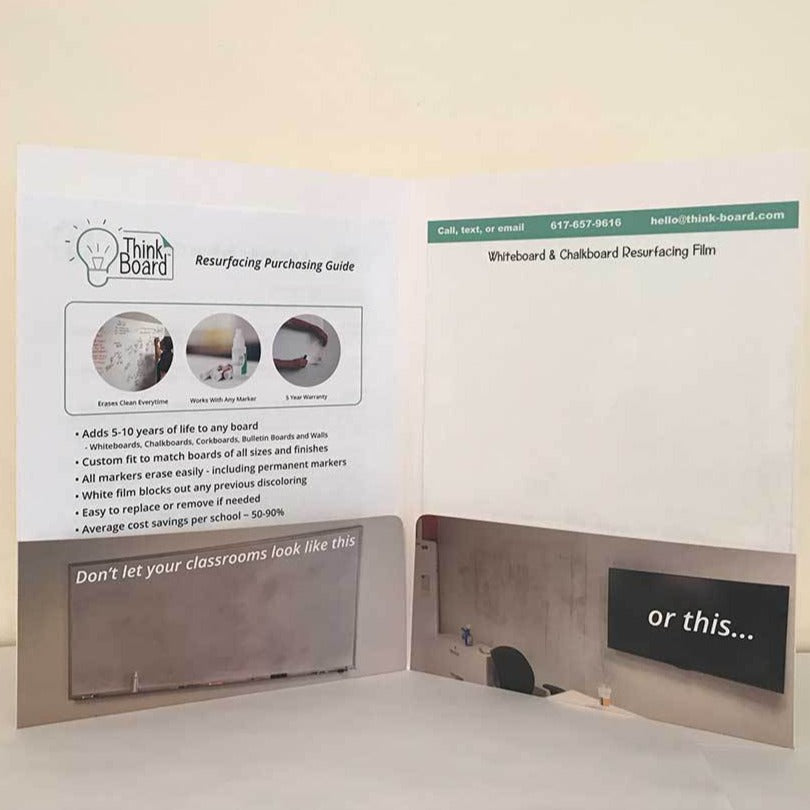Best Way to Deal with Asbestos and Upgrade Your Classrooms
Ensuring safe and modern learning environments is a top priority for schools, and one critical aspect of maintaining this standard is addressing asbestos-containing materials in classrooms. The Asbestos Hazard Emergency Response Act (AHERA) mandates that schools take specific measures to manage and mitigate asbestos risks in their buildings, ensuring the safety of students, staff, and visitors.
Understanding AHERA Requirements for Schools
Under AHERA, schools are legally required to manage asbestos-containing materials responsibly. Here are some of the key provisions outlined by AHERA:
- Inspections: Schools must conduct an initial asbestos inspection and follow up with re-inspections every three years to ensure the materials are being managed effectively.
- Management Plans: Schools must develop, maintain, and regularly update plans to reduce asbestos hazards in compliance with AHERA guidelines.
- Notifications: Parents, teachers, and staff must be informed about the presence of asbestos-containing materials and the actions being taken to address them.
- Surveillance: Regular monitoring of asbestos-containing materials is required to ensure the safety of the building’s occupants.
- Training: Custodial and maintenance staff must be trained in asbestos awareness to handle potential risks responsibly.
- Accreditation: Only trained and licensed professionals should inspect, manage, or remove asbestos-containing materials.
Managing Asbestos in Classrooms
Many older school buildings contain asbestos materials, such as in tiles, insulation, or ceiling panels. While these materials may not pose immediate risks when undisturbed, damaged or deteriorating asbestos can release hazardous fibers into the air. Schools can take the following actions:
- Repair: Damaged asbestos materials can be sealed or enclosed to prevent fiber release, which is a cost-effective and immediate solution.
- Removal: If repair isn’t an option, asbestos-containing materials can be safely removed by licensed professionals to eliminate the hazard permanently.
- Professional Response: Schools should rely on trained experts to assess risks, recommend appropriate actions, and ensure compliance with AHERA standards.

The Opportunity to Upgrade Classrooms
While addressing asbestos concerns, schools often find it the perfect opportunity to modernize and enhance their classrooms. For example:
- Replacing Old Surfaces: Chalkboards or deteriorating whiteboards installed on asbestos-backed walls can be resurfaced with safe and durable whiteboard solutions, like Think Board’s Premium Whiteboard Film or Magnetic Think Board.
- Improved Collaboration: Upgrading to modern whiteboard surfaces can make classrooms more collaborative, functional, and appealing for students and teachers.
- Bright and Modern Spaces: Removing or sealing asbestos-containing materials can breathe new life into classrooms, creating cleaner, brighter, and more inspiring learning spaces.

Ensuring Safety While Upgrading
Resurfacing existing boards not only allows schools to repurpose materials and avoid the high costs and mess of removal but also reduces landfill waste while ensuring AHERA compliance for the in-place management of asbestos-containing materials. When upgrading classrooms, it’s essential to partner with professionals who can safely handle asbestos-containing materials and install new solutions efficiently.
At Think Board, we understand the importance of balancing safety with innovation. Our team can help you transition from outdated chalkboards and whiteboards to vibrant and modern classroom solutions without compromising safety.
Ready to Transform Your Classrooms?
Get in touch with us today to learn how we can help create safer, more modern learning environments for your school!

